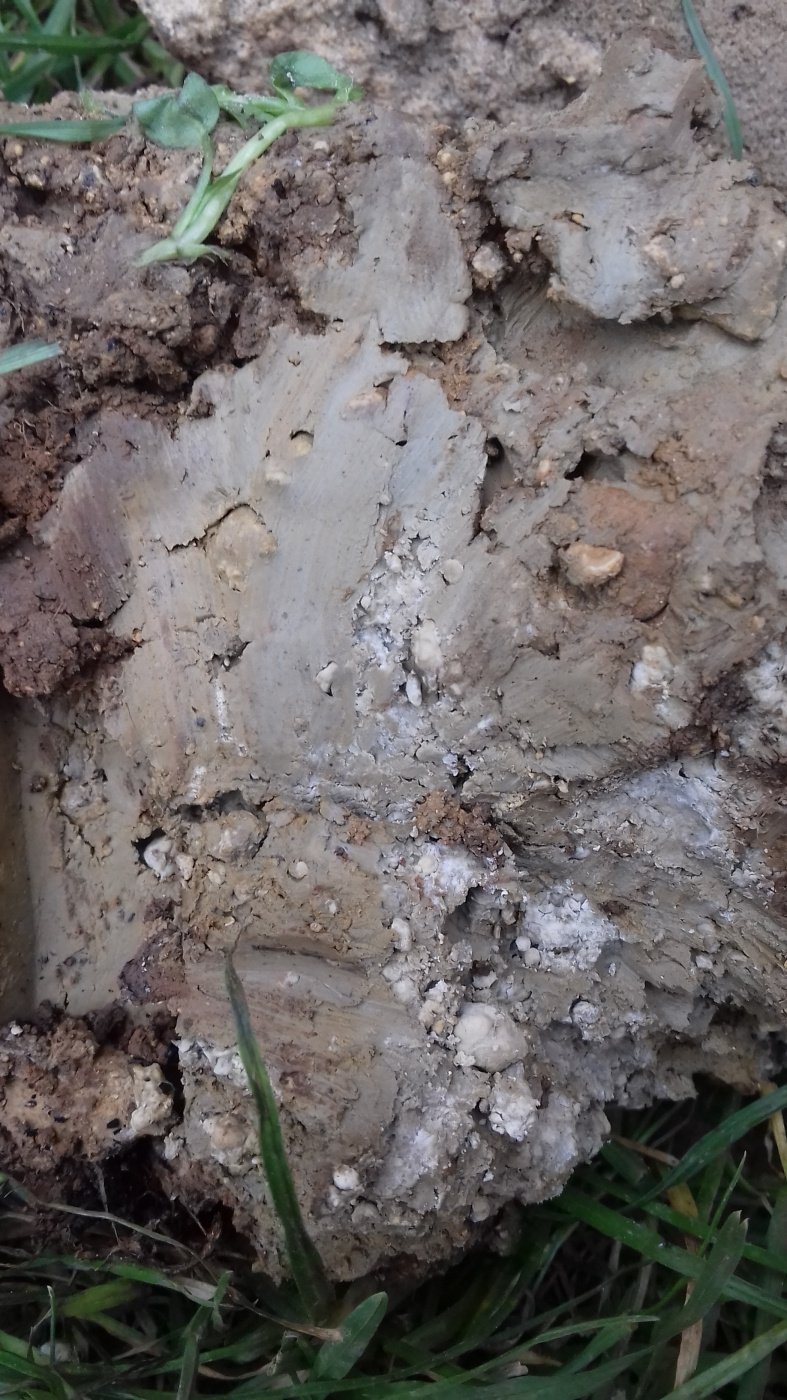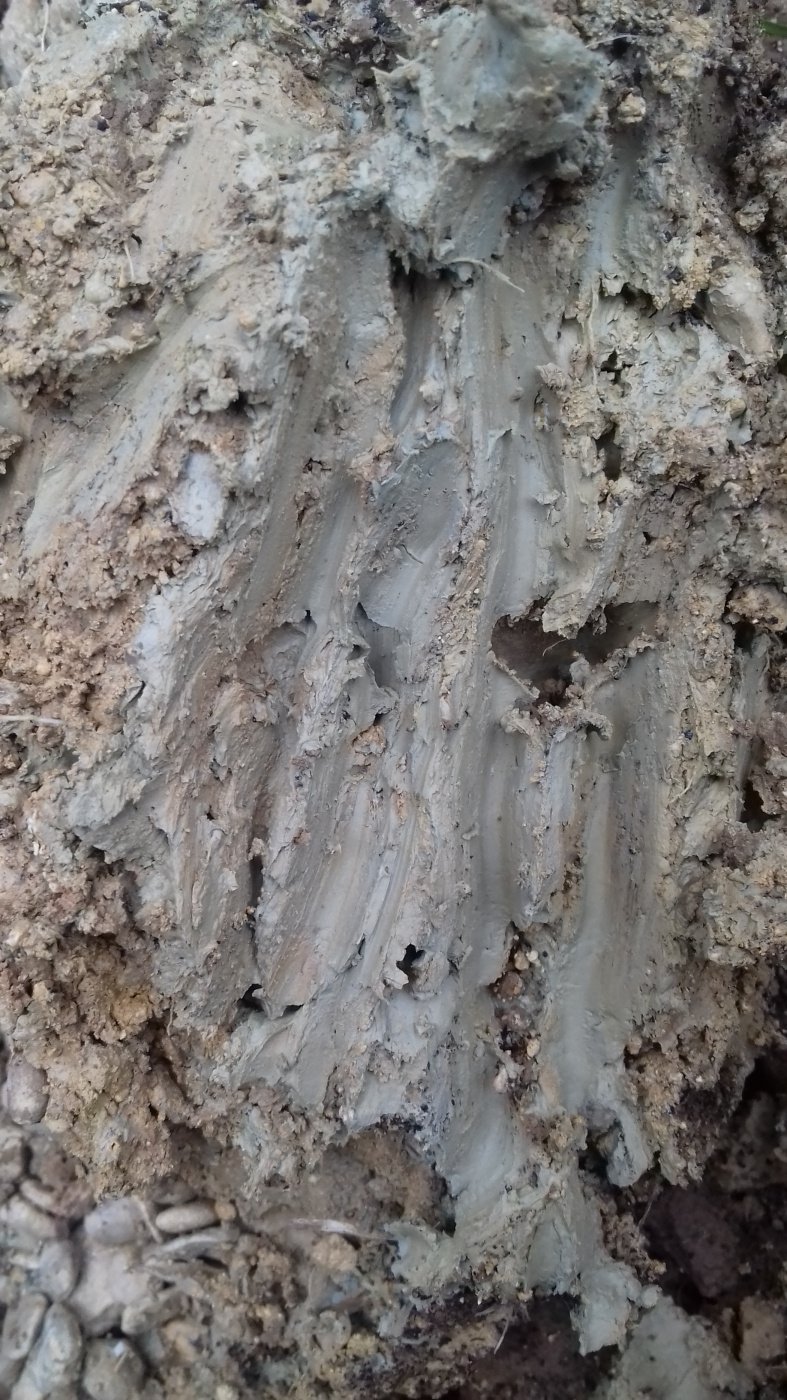This Forum will close on Wednesday 27 March, 2024. Please refer to the announcement on the Discussions page for further detail.
Actual clay?
Hi all, was torn between putting this in garden design and problem solving so it's ended up here and we'll see how we do! We've just started our first garden project, a new build garden and we're putting in two large beds. We've got the standard holes full of rubble but on one side we've encountered seams of what seems to be actual clay (see pictures below).
One large bed is complete, we've dug it out to just over a spades depth and added nearly a ton of soil improver to it and it now looks great. This second bed is causing us problems though. Partly because there is so much more rubble in it and partly because of the large seams of this sticky grey substance. We're concerned we're just digging essentially a large bath and that nothing will ever drain out of it well.
Any thoughts would be much appreciated!


One large bed is complete, we've dug it out to just over a spades depth and added nearly a ton of soil improver to it and it now looks great. This second bed is causing us problems though. Partly because there is so much more rubble in it and partly because of the large seams of this sticky grey substance. We're concerned we're just digging essentially a large bath and that nothing will ever drain out of it well.
Any thoughts would be much appreciated!


0
Posts
Mine was yellow and grey good enough to make bricks.
I dug out large chunks, one thing with clay it sticks together. Then I did a raised bed with a single height sleeper and then improved the soil as you have done. It drains fine but before I planted I dug the hole and poured in a couple of buckets of water to see if they drained away.
If you're up for it the best way to go is to dig deep and dig often. Keep disturbing the soil. Double digging is an old fashioned way of prepping the soil and it might be that you have to do something very similar. Hard work but worth it. Remove as much large rubble as possible and get as much organic matter in there as you can. Long compost (ie fairly coarse compost where you can still see a few bits) is the most useful. Some companies sell the right sort of product in 1 tonne bags as a garden mulch. That plus well rotted horse or farmyard manure would be a good mix.
Some people will tell you to add sand - I think that's a bad idea - you can end up making concrete. I have also found that grit is NOT a particularly good additive in very heavy clay - you need far too much to be of any use. Once you've started to break the clay up and got some organic stuff mixed in (you'll need a lot) you might find that adding some pea shingle helps with drainage if that's a problem - but wait and see - I've never done it.
But first you need to dig. I wouldn't use a rotavator - it won't go deep enough and may cause further compaction.
Personally, I would spend this year working on the soil and forget about planting. It's much quicker to dig and dress a bed with no plants in.
Edited to add: @pansyface - your post appeared while I was typing. That's certainly a novel way of dealing with the problem! Wish I'd heard of it 10 years ago when I started making this heavy clay garden🙂
I've had two new builds and hit similar deposits at different depths.
I've never had long term problems with heavy clay. Just keep adding organic matter every year and it keeps improving.
@K67 your garden looks lovely. What type are those paving sets? I'm looking for something similar.
The pavers are a tumbled standard pavers from our local builders merchants think the colour was brindle. They were the cheapest we saw but sorry can't remember the manufacturer.
They were much brighter when first laid and now can't decide whether to pressure wash or not.
If you have time on your hands and wish to make life as easy as possible, then just add a mulch layer of compost and perlite / horticultural grit onto the ground every year and over time the worms will do the rest by working it into your soil and rendering it more soil-like (all soil contains clay to some extent and yours is just too high), but you may wish to make sure that you actually have worms in your soil - they tend to stay away from very heavy soils as it often doesn't contain enough organic matter to feed them so adding a decent layer of compost and maybe leaf litter will give them a reason to visit and they can get to work.
The quicker, more work intensive option is to rotavate lots of organic matter into your soil to get a better balance in there.
I'm a real pond lover and one other option you have is to dig a hole and make a natural pond. Then you can grow all manner of lovely pond and bog plants.
Seeing as we're first time garden owners at the moment we're rather enjoying the hard work, we just need a skip to get rid of all the rubble we're creating! The other side of the garden has had a ton of soil improver and seems to now be on its way to being lovely, i think this side might just take a bit more work! Hopefully soon we'll have something as lovely at @K67!
With much manual labor we're making progress! The soil, once you extract the rubble, is actually not bad. Although as you can see from the above, extracting the rubble may take some time. Who doesn't love a new build garden!